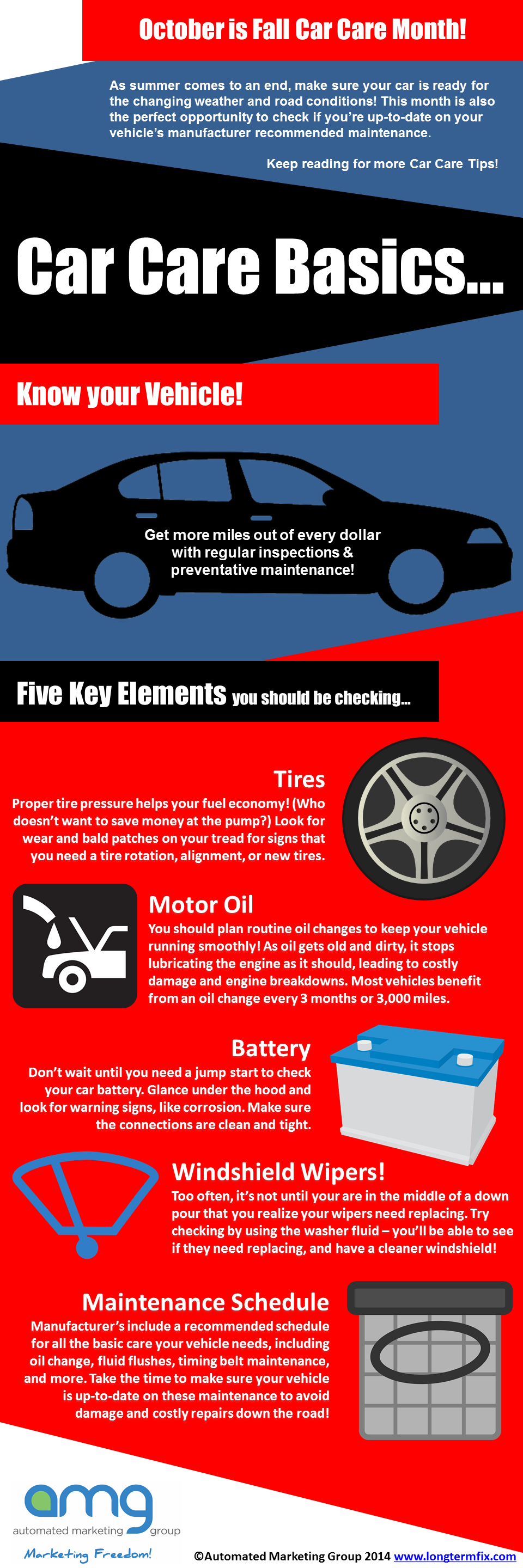Exploring The Genuine Analysis Of Your Auto'S Caution Lights
Exploring The Genuine Analysis Of Your Auto'S Caution Lights
Blog Article
Write-Up Author-Kane Gross
When you're behind the wheel, those beautiful warning lights on your control panel can be a bit puzzling. Do you recognize what they're trying to tell you concerning your automobile's health and wellness? Comprehending the significance of these lights is vital for your safety and security and the longevity of your automobile. So, the following time one of those lights appears, would not you want to decode its message accurately and take the required steps to resolve it?
Common Warning Lighting and Interpretations
Recognize usual caution lights in your auto and recognize their significances to ensure risk-free driving.
The most common caution lights include the check engine light, which signifies problems with the engine or discharges system. If this light comes on, it's critical to have your automobile checked immediately.
The oil pressure warning light indicates low oil stress, requiring prompt interest to stop engine damages.
A blinking battery light may suggest a faulty charging system, possibly leaving you stranded otherwise attended to.
https://israeljdxsl.qodsblog.com/28340456/discovering-the-reality-behind-popular-misconceptions-concerning-automobile-repair (TPMS) light notifies you to reduced tire stress, impacting vehicle stability and fuel performance. Disregarding this can cause risky driving problems.
The abdominal muscle light indicates an issue with the anti-lock braking system, jeopardizing your ability to stop quickly in emergencies.
Last but not least, the coolant temperature alerting light warns of engine overheating, which can lead to serious damages if not solved quickly.
Comprehending these typical warning lights will certainly assist you address concerns quickly and maintain safe driving conditions.
Importance of Prompt Focus
Comprehending the typical warning lights in your car is only the initial step; the importance of without delay resolving these cautions can't be emphasized sufficient to guarantee your safety on the road.
When a caution light illuminates on your dashboard, it's your cars and truck's means of communicating a possible issue that needs interest. Disregarding these warnings can result in a lot more extreme troubles later on, jeopardizing your safety and potentially costing you much more in repairs.
Trigger attention to warning lights can protect against breakdowns and crashes. For example, a blinking check engine light could show a misfire that, if left unattended, might cause damage to the catalytic converter. Resolving this immediately can save you from a pricey repair service.
Likewise, a brake system alerting light may indicate reduced brake liquid or worn brake pads, crucial parts for your safety when driving.
DIY Troubleshooting Tips
If you see a warning light on your dashboard, there are a couple of do it yourself troubleshooting ideas you can try before seeking professional help.
The primary step is to consult your cars and truck's manual to understand what the certain caution light indicates. Often https://www.motorbiscuit.com/consumer-reports-avoiding-predatory-car-repair-loans/ can be as simple as a loosened gas cap triggering the check engine light. Tightening up the gas cap may fix the trouble.
One more typical concern is a low battery, which can cause numerous warning lights. Inspecting the battery links for corrosion and ensuring they're secure could deal with the problem.
If a warning light lingers, you can attempt resetting it by disconnecting the cars and truck's battery for a few minutes and then reconnecting it. Additionally, checking your car's fluid levels, such as oil, coolant, and brake fluid, can assist fix cautioning lights connected to these systems.
Conclusion
Finally, understanding your automobile's caution lights is vital for maintaining your automobile running smoothly and safely. By immediately resolving these alerts and understanding what they suggest, you can prevent pricey fixings and potential failures.
Keep in mind to consult your cars and truck's guidebook for particular information on each warning light and do something about it accordingly to ensure a trouble-free driving experience.
Stay educated, stay secure on the road!
